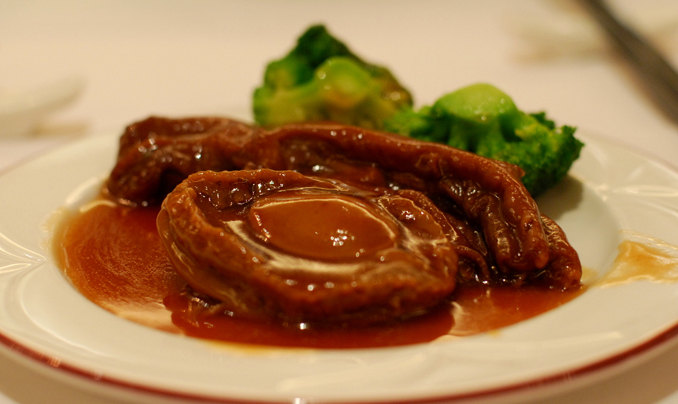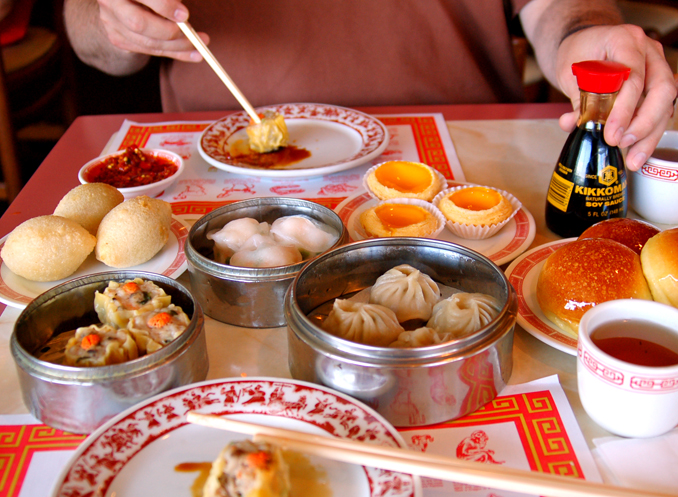Written by: Robynne Tindall - Posted on: July 24, 2014 |  Comments | 中国 (Chinese)
Comments | 中国 (Chinese)
Google Translation: اُردو | 中文
If French cuisine is considered the most intricate of the Western culinary arts, then its counterpart in China is surely Cantonese cuisine. Cantonese recipes were first recorded in the the Six Dynasties period (AD 220-589) and developed over the following thousands of years as different peoples and cultures passed through its homeland and left their mark. Cantonese food is highly prized around the country for its use of fresh and exotic ingredients, judicious seasoning, and highly complex knife skills. It is no coincidence that most high-end hotels in China will count a Cantonese restaurant among their food and beverage outlets.
Southern Chinese Guangdong (or Canton as it was formerly known) province’s coastal location and mild, subtropical climate afford chefs access to an abundance of high-quality ingredients. Seafood plays a major role, as do a dizzying array of green vegetables such as gai lan (Chinese kale) and bok choy.
As a result, Cantonese chefs are judged on their ability to preserve and enhance the natural flavors and textures of their ingredients. Steaming and light stir-frying are the most common cooking techniques. An exception is roasted meats such as goose and duck, known as siu mei, which are particularly popular in Hong Kong as a take out dish or quick meal.
 |
Seafood such as abalone plays a major role in Cantonese cuisine (Photo Flickr user Janine Cheung) |
Typical Cantonese dishes include steamed fish with ginger and spring onions, blanched vegetables with oyster sauce, claypot rice with Chinese sausage, and noodle dishes such as wonton noodles or stir-fried rice noodles with beef. Anyone who has visited a Chinese restaurant or take out outside of China may well recognize many of these dishes, since the first people to spread Chinese food outside of China were largely from Guangdong province (along with a few other southern coastal provinces, which we will cover later in this series). To give an example, up until immigration policies were loosened in the 1960s, the vast majority of Chinese immigrants in the U.S. were from the area surrounding the city of Taishan in Guangdong.
One of the most popular aspects of Cantonese food around the world is dim sum. Dim sum literally means “touch the heart” (dian xin), its name a reference to its original role as a small snack to be served with tea. Nowadays, dim sum is a meal in itself, most often served at breakfast and lunch, consisting of a range of small dishes of steamed and baked buns, dumplings and rice-based dishes. In traditional dim sum restaurants, the dishes are pushed around the dining room on heated carts, allowing customers to select the style and quantity of dishes.
 |
A typical dim sum meal (Flickr user Pockafwye) |
The convivial atmosphere of a dim sum meal captures the joy and cultural importance of Cantonese food. This article touches on just a fraction of the cuisine; our advice is to get out there and try it for yourself!
 |
Robynne lives in Beijing, having moved there from the UK in 2011. During the day she is the food and dining editor for a local expat magazine and at night she can be found all over town searching out the most interesting restaurants.
twitter.com/gongbaobeijing
instagram.com/gongbaobeijing